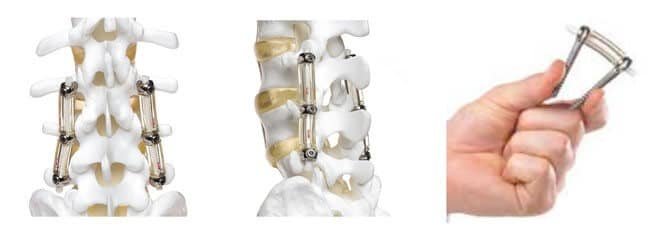Dynamic Stabilization of Spine in Pune
Lumbar fusion is often done in patients, whenever there is any abnormal spinal motion. Such fusion procedures mostly alleviate the symptoms but there are always chances of adjacent level disease. This is mainly attributed to the increasing stress and strain over the adjacent level vertebrae above and below the fusion level. This makes the patient more vulnerable to an additional surgery above and below the fusion surgery later. To reduce the chances of adjacent level disease, dynamic stabilization was developed.
In fusion procedures, we use to connect the screws through rigid rods, in order to stabilize the spinal segments. But, in dynamic stabilization we use a non-rigid material rods to connect the screws, so that there is some range of motion possible between the spinal segments. It is mostly done in young patients, who have a good bone quality.

There are multiple studies comparing fusion with dynamic stabilization. They show that the rate of screw loosening and breakage is more with dynamic stabilization which is attributed to long term repetitive motion of the instrumentation and no fusion. There are studies which show that the rate of adjacent level disease in dynamic stabilization is also similar to fusion procedures.
For these reasons, these procedures were not very commonly practiced.